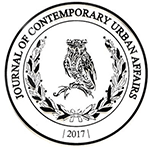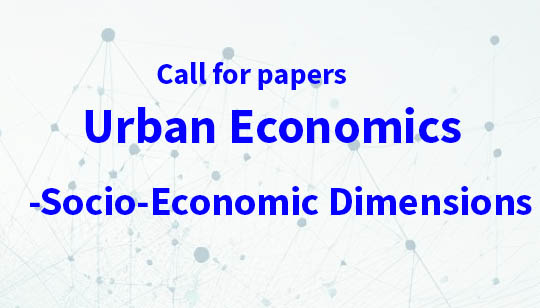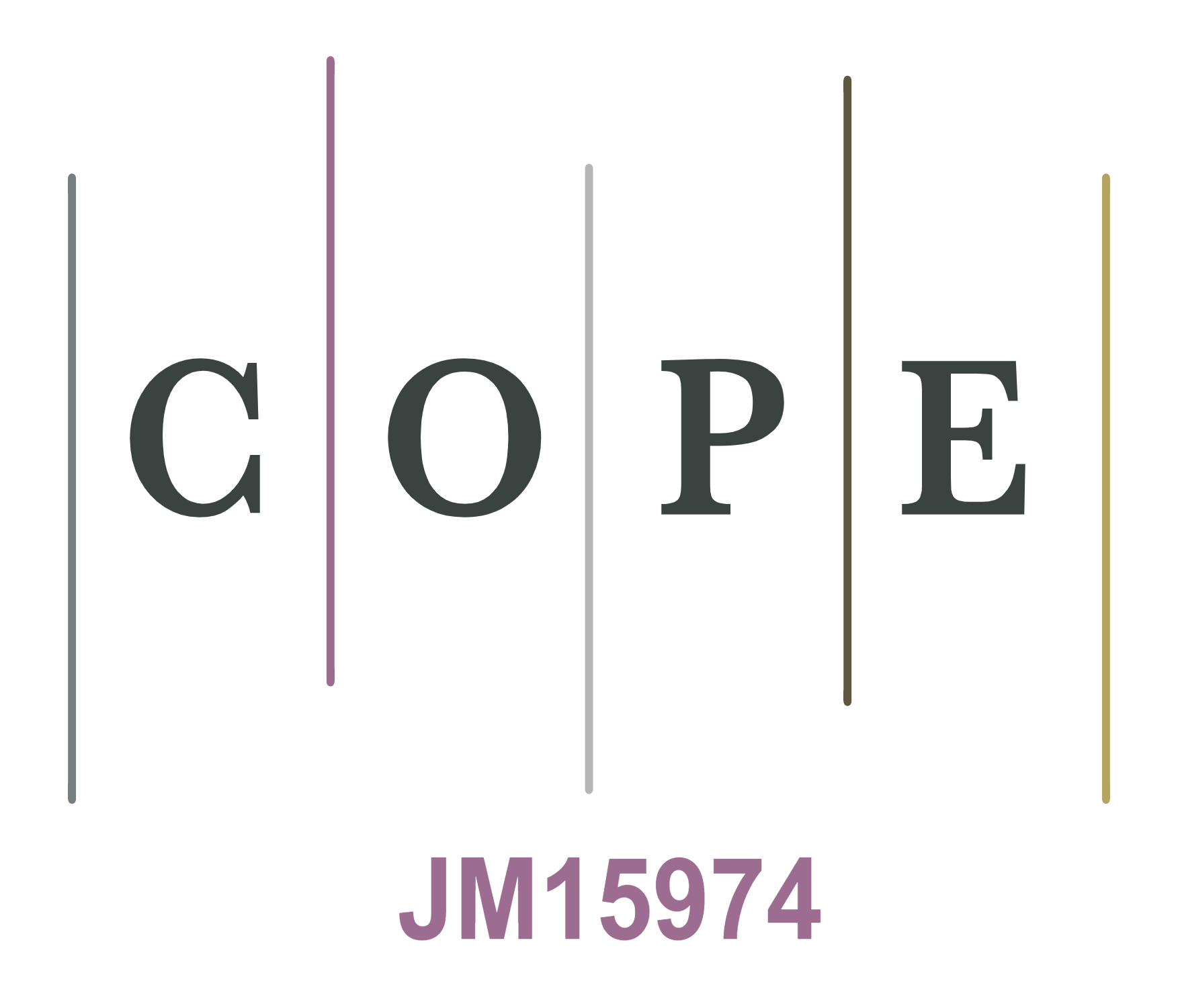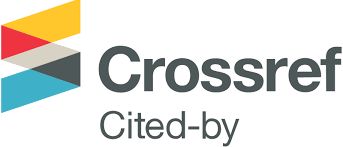Re-visiting the Park: Reviving the “Cultural Park for Children” in Sayyeda Zeinab in the shadows of Social Sustainability
DOI:
https://doi.org/10.25034/ijcua.2018.4704Keywords:
Child Park; Community Participation; Social Sustainability.Abstract
This paper aims to question the level of success of one of Egypt’s contemporary architectural milestones which is the Aga-Khan Award-winning project of the Child Park in Sayyeda Zeinab - designed by the Egyptian architect Abdel-Halim Ibrahim; from a community participation perspective. Stemming from the fact that the level of successful community participation in architecture and urban design projects affects the sustainability of the added value, this paper tackles the current process of operation of the Park and the adjacent pedestrian street, as complementary aspects of a community participatory process, and evaluates the social sustainability of the project as well. The study sheds light on the operation of the park after twenty-eight years of the initiation of the project, it explores its functional and social role in the district of Sayyeda, located at the centre of Cairo city.
In order to achieve this end, the paper adopts a two-fold methodology. Based on those two main research approaches, the paper concludes with a framework and several guidelines to enhance the social sustenance of the place through rephrasing the park’s role in relation to the changing needs of the community.
Downloads
References
Abdelhalim, I. (1996). Culture, Environment, and Sustainability: Theoretical Notes and Reflection on a Community Park Project in Cairo. Sustainable Landscape Design in Arid Climates. William Reilly (Ed). Geneva: Aga Khan Trust for Culture. https://archnet.org/sites/775/publications/2611
Abdel Wahab, M. (2009). Reading Place: The Cultural Park for Children. FORUM Ejournal, 9, 1-12. https://research.ncl.ac.uk/forum/v9i1/Papers/Abdelwahab%20(2009)%20Reading%20Place.pdf
Arnstein, S. (2007). A Ladder of Citizen Participation. Journal of the American Institute of Planners, 35(4), 216-224. http://dx.doi.org/10.1080/01944366908977225
Bamberger, M. (1991). The importance of community participation. Public Administration and Development, 11(3),281–284. https://doi.org/10.1002/pad.4230110317
Bens, C. (1994). Effective citizen involvement: How to make it happen. National Civic Review , 83(1), 32-39. https://doi.org/10.1002/ncr.4100830107
Chougill, M. (1996). A Ladder of Community Participation for Underdeveloped Countries. Habitat International, Elsevier Science Ltd, 20(3), 431-444. https://doi.org/10.1016/0197-3975(96)00020-3
Enyedi, G. (2004). Public Participation In Socially Sustainable Urban Development. PCCS, Hungary: UNESCO/MOST Program and Centre for Regional Studies (Hungarian Academy of Sciences) with the co-operation of MTANITA Foundation (Budapest, Hungary) and the Hungarian MOST Liason Committee. http://unesdoc.unesco.org/images/0013/001355/135555eo.pdf
Kaufman, S. and Poulin, J. (1996). Coherency among Substance Abuse Models, Journal of Sociology & Social Welfare, 13 (3), 163-179. https://scholarworks.wmich.edu/cgi/viewcontent.cgi?referer=https://www.google.com.eg/&httpsredir=1&article=2358&context=jssw
Marsden, D. and Oakley, P. (1991). Future issues and perspectives in the evaluation of social development, Community Development Journal, 26 (4), 315-328. https://doi.org/10.1093/cdj/26.4.315
Moser, C. (1987). Approaches to community participation in urban development programs in third world countries, In Bamberger, (Ed). (1987). Readings in Community Participation. Washington, D.C. https://doi.org/10.1016/0305-9006(89)90010-X
Nour, A. (2011). Challenges and Advantages of Community Participation as an Approach for Sustainable Urban Development in Egypt.Journal of Sustainable Development, 4(1), 79-91. http://www.cpas-egypt.com/pdf/Ayman_Afify/9th%20Paper.pdf
Rashed, A., and ElAttar, M. (2002). Dialog between sustainability and archaeology: A case study of the Ottoman Quseir fort. Retrieved April 1st, 2018, from http://www.cpas-egypt.com/pdf/Ahmed_Rashed/010-%20%20%20%20%20%20%20%20Quseir%20paper.pdf
Rashed, A., and ElAttar, M. (1999). Local Community Options for Sustaining Heritage: Case Study Quseir City. Retrieved April 1st, 2018, from http://www.cpas-egypt.com/pdf/Ahmed_Rashed/011-%20%20%20%20%20%20%20%20Attar%20Qusier%20paper.pdf
Published
How to Cite
Issue
Section
License
Copyright (c) 2019 Journal of Contemporary Urban Affairs

This work is licensed under a Creative Commons Attribution-NonCommercial-NoDerivatives 4.0 International License.

















